Operation Pollinator: Flowering landscapes for a sustainable world food supply
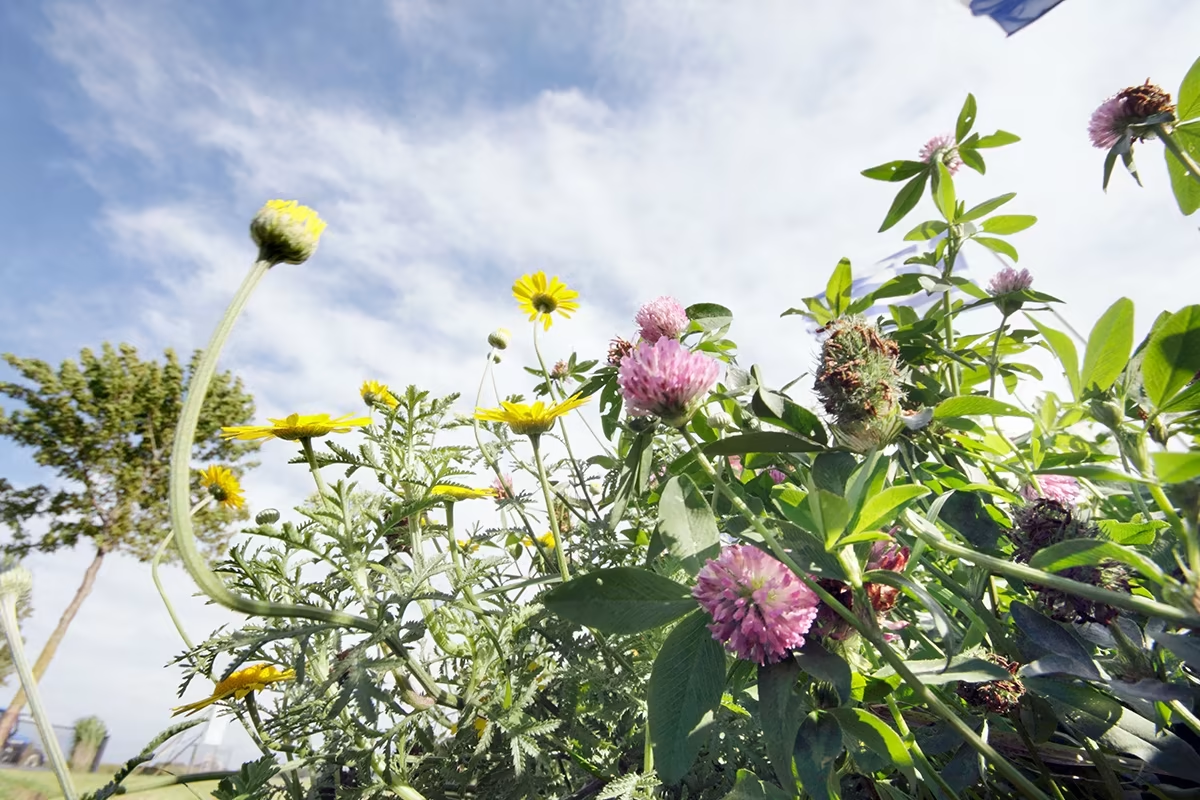
Today, it is no longer enough for farmers to produce healthy, nutritious food alone. Fortunately, consumers are now thinking ahead and considering how food is grown in terms of farmers’ contribution to nature conservation. Biodiversity is one of the topics at the top of consumers' agendas.
After all, biodiversity is increasingly under threat not only in giant ecosystems such as the Amazon rainforest or Australia's Great Barrier Reef. In every landscape, where billions of creatures and bacteria – many of them invisible underground – ensure healthy, productive soils and protect ecosystems, habitats are increasingly at risk.
Globally, according to a 2019 United Nations report , human activity has already significantly altered two-thirds of the environment. The global extinction rate is now three to ten times higher than the average over the past 10 million years. In the past 50 years, an acceleration in nature's deterioration has been caused by changes in land and sea use, exploitation of living things, climate change, pollution and the spread of invasive species of animals and plants, according to the report by the Intergovernmental Panel on Biodiversity and Ecosystem Services (IPBES).
This has clear consequences – and they are felt most quickly in agriculture, where the disappearance of even a single species can cause unexpected losses. For example, a decline in earthworm populations or the loss of soil-dwelling fungi and microbes also leads to a drop in recycled nutrients in the soil and a decrease in the land’s ability to drain rainwater. Both weaken plant growth and crop yields.
It becomes even more threatening when bees and other pollinating insects are absent. More than 75 percent of the world's food crop species rely to some extent on insects and other animals for pollination. The global value of these pollination services is estimated at more than $350 billion annually, based on data from the Food and Agriculture Organization of the United Nations (FAO). If pollinators are absent - for example, because they can no longer find enough habitat between crops - this also causes global harvests to shrink.
Given that the world will have to feed almost 10 billion people in the foreseeable future, this seems more than problematic. The massive loss of biodiversity is just as threatening to humans as climate change, according to the UN report which summarizes the findings of the more than 400 experts. Without decisive action, the ongoing loss of biodiversity would lead to increased poverty, reduced food and water security and new health threats worldwide.
Syngenta leads the way for biodiversity
As one of the world's leading seeds and crop protection companies, Syngenta recognized the problem long before it made international headlines. That's why biodiversity is a major theme in the company's Good Growth Plan, which has introduced a wide range of effective measures to conserve – and even restore – biodiversity.
One of the most impactful measures celebrates its 20th anniversary this year. It was in 2001 that scientists in the UK highlighted the dramatic decline in the bumblebee population. For Syngenta UK, this was reason enough to launch Operation Bumblebee, the first large-scale flowering area project. The goal, ambitious for the time, was to find more than 1,000 farmers to sow a seed mixture tailored to the needs of bumblebees on one hectare of land. In order to assess the effects of all measures, Operation Bumblebee was accompanied by a scientific monitoring program from the very beginning.
Due to its great success, the project was subsequently rolled out in France, Italy, Spain, Hungary and Portugal. It is now established in 41 countries under the title Operation Pollinator – and in German-speaking countries also under the name Operation Bienenweide.
The program involves working closely with local environmental initiatives and farmers to transform fallow land and eroding field margins into flourishing wild gardens using special seed mixtures. The outcome is habitats for bees and other pollinating insects, as well as small mammals, birds and many other beneficial insects, all of which help to restore the biological balance.
The results of this internationally acclaimed initiative are impressive: By the end of 2019 alone, biodiversity has been restored to more than eight million hectares of agricultural land worldwide. And that's just the beginning. In the latest version of its Good Growth Plan, Syngenta Group commits to restoring another three million hectares of depleted farmland each year.
And this ambition is no longer limited to farmland. Recently, for example, more and more golf course operators have joined Operation Pollinator, aiming to transform their often-criticized artificial landscapes into near-natural sports facilities with diverse flora and fauna. To do this, they are replacing extensive areas of turf with cultivation areas for native plants, which are intended to attract bees and butterflies and provide habitats for all kinds of birds and wildlife – including bobcats and entire turtle colonies.
Syngenta provides agronomic expertise and products for these back-to-nature projects that help greenkeepers work more closely with nature. These include an insecticide called Acelepryn, which was developed specifically for use in areas populated by bees and especially bumblebees. It belongs to the diamide chemical class and is the only agent in this group of active ingredients approved by the U.S. Environmental Protection Agency.
The bees thank golf course operators and their guests in their own way. In the meantime, beehives have become a familiar sight on many environmentally certified U.S. golf courses, and the jar of honey is one of the most popular souvenirs from the pro store.
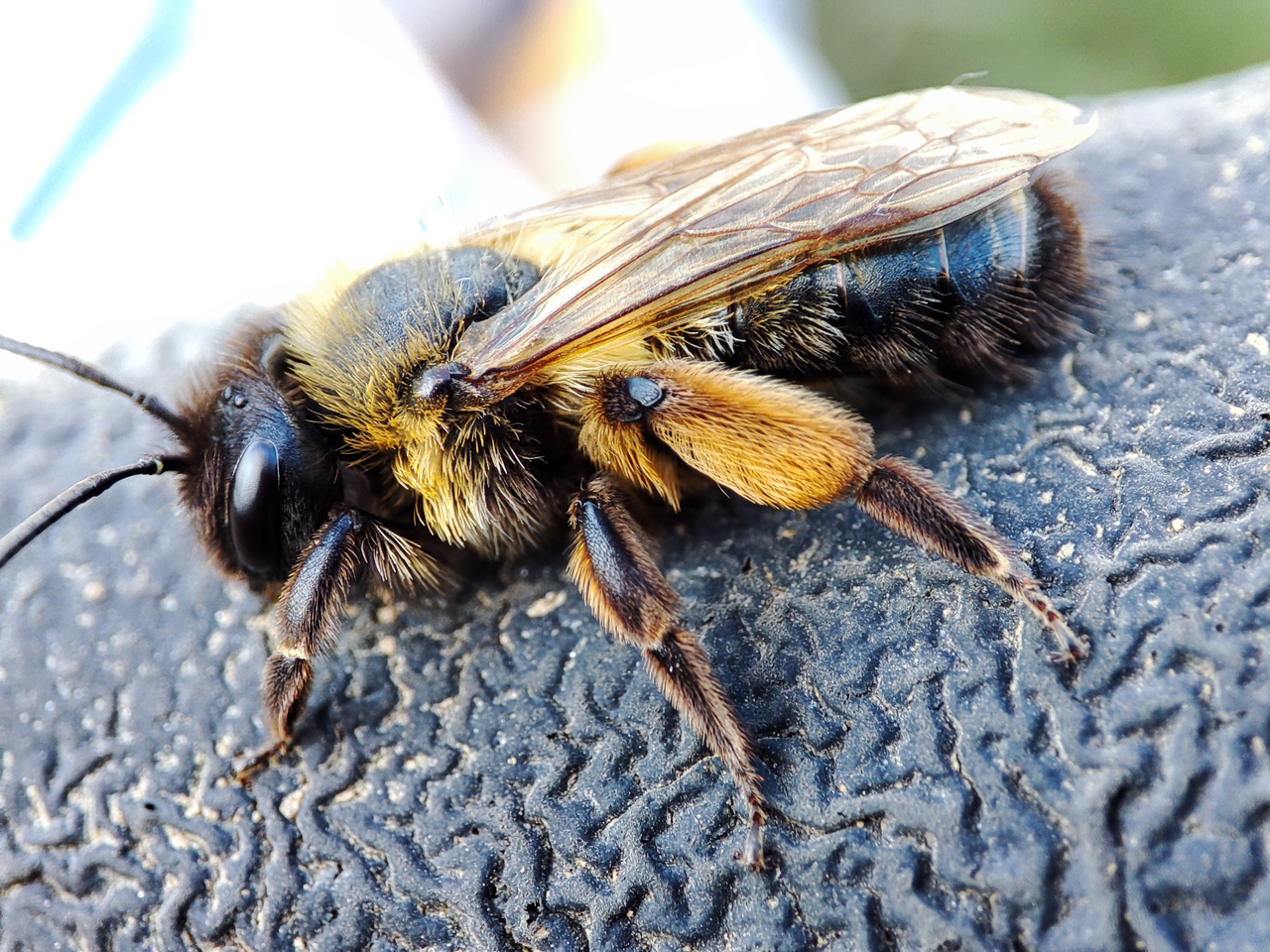
More than 75% of the world's food crop species rely to some extent on pollinators.
More than 75% of the world's food crop species rely to some extent on pollinators.
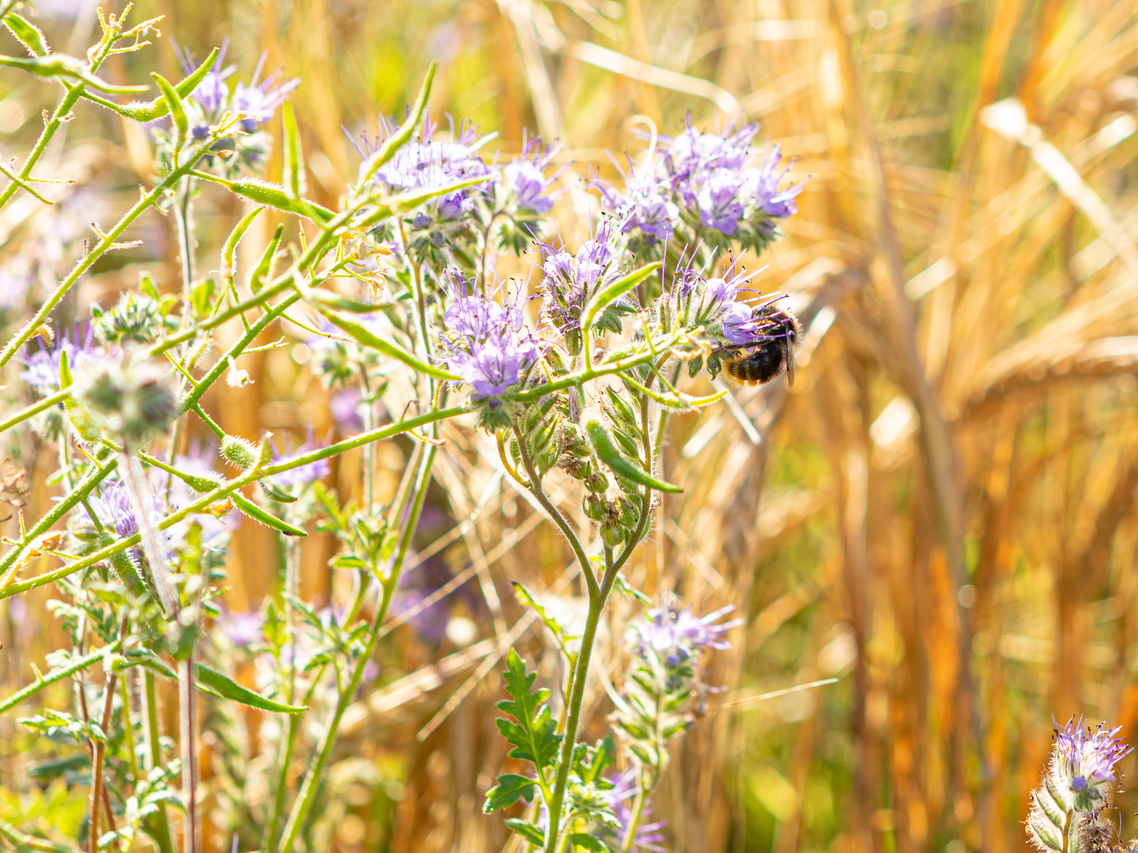
Eroding field margins transferred into flourishing wild gardens and habitats for pollinators.
Eroding field margins transferred into flourishing wild gardens and habitats for pollinators.
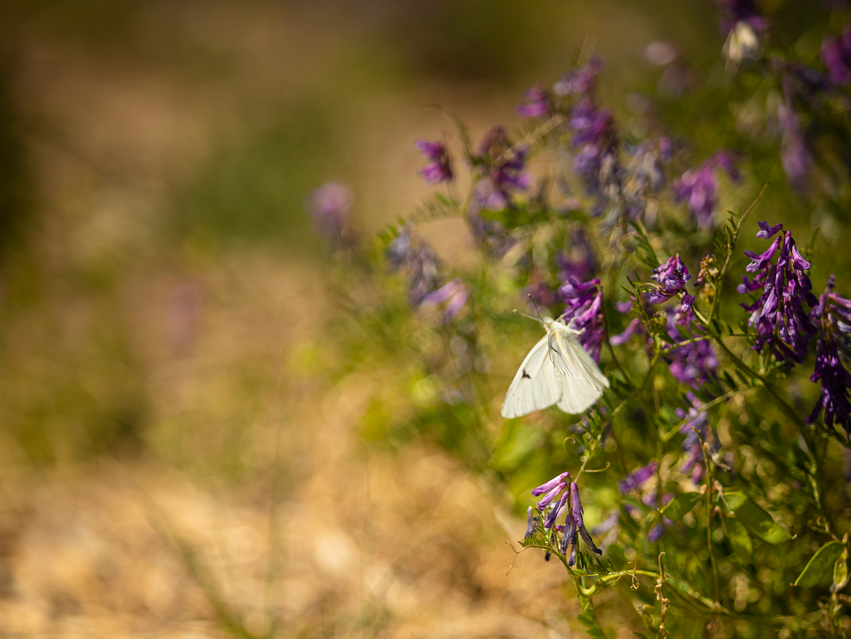
A butterfly pollinating in a field margin next to a crop field
A butterfly pollinating in a field margin next to a crop field
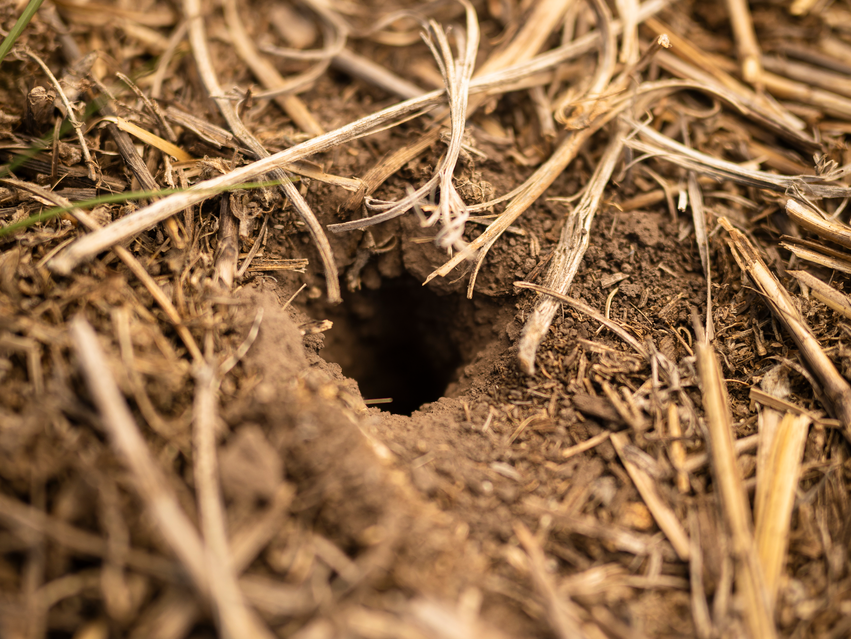
Increased biodiversity
Increased biodiversity

